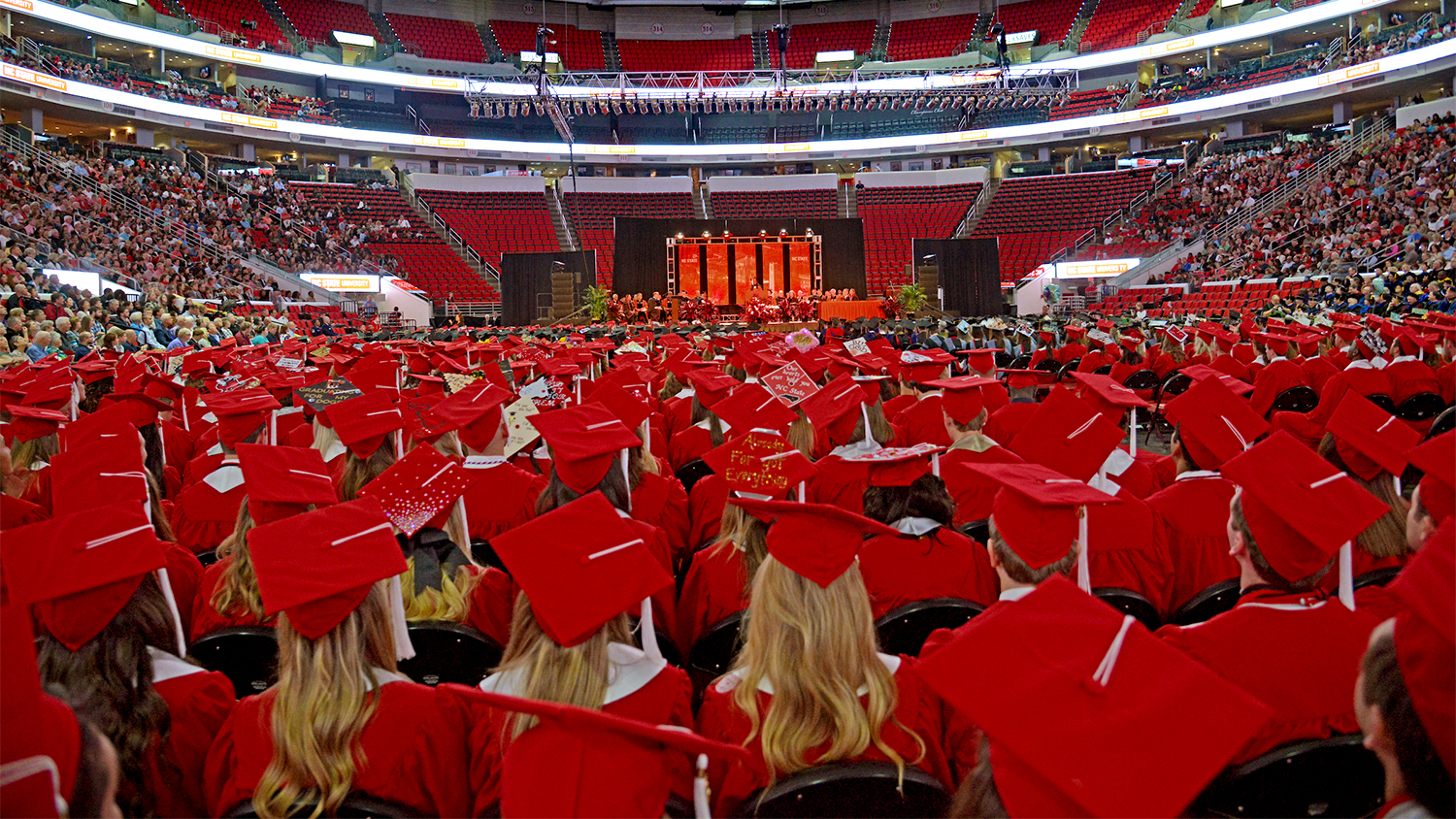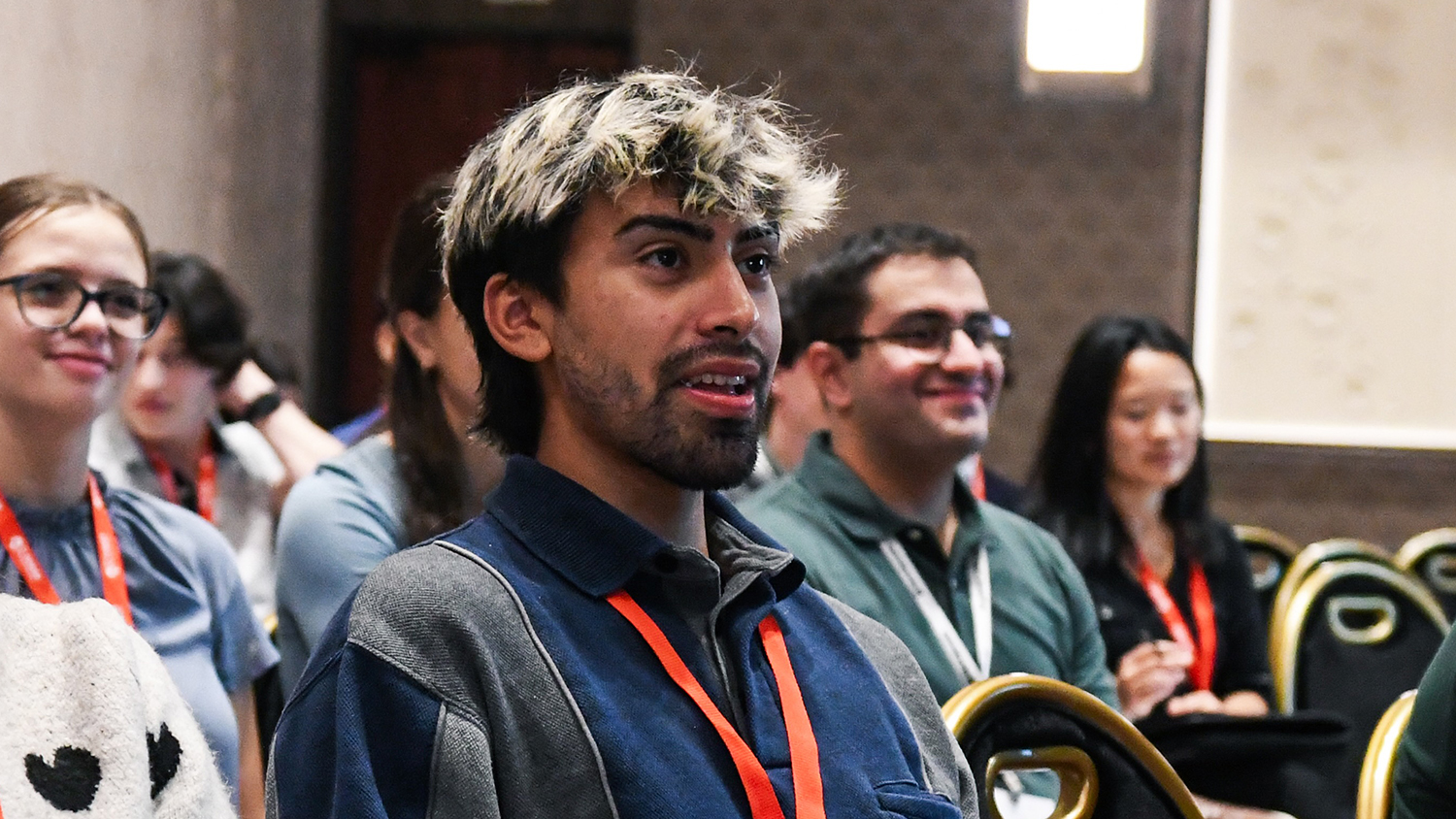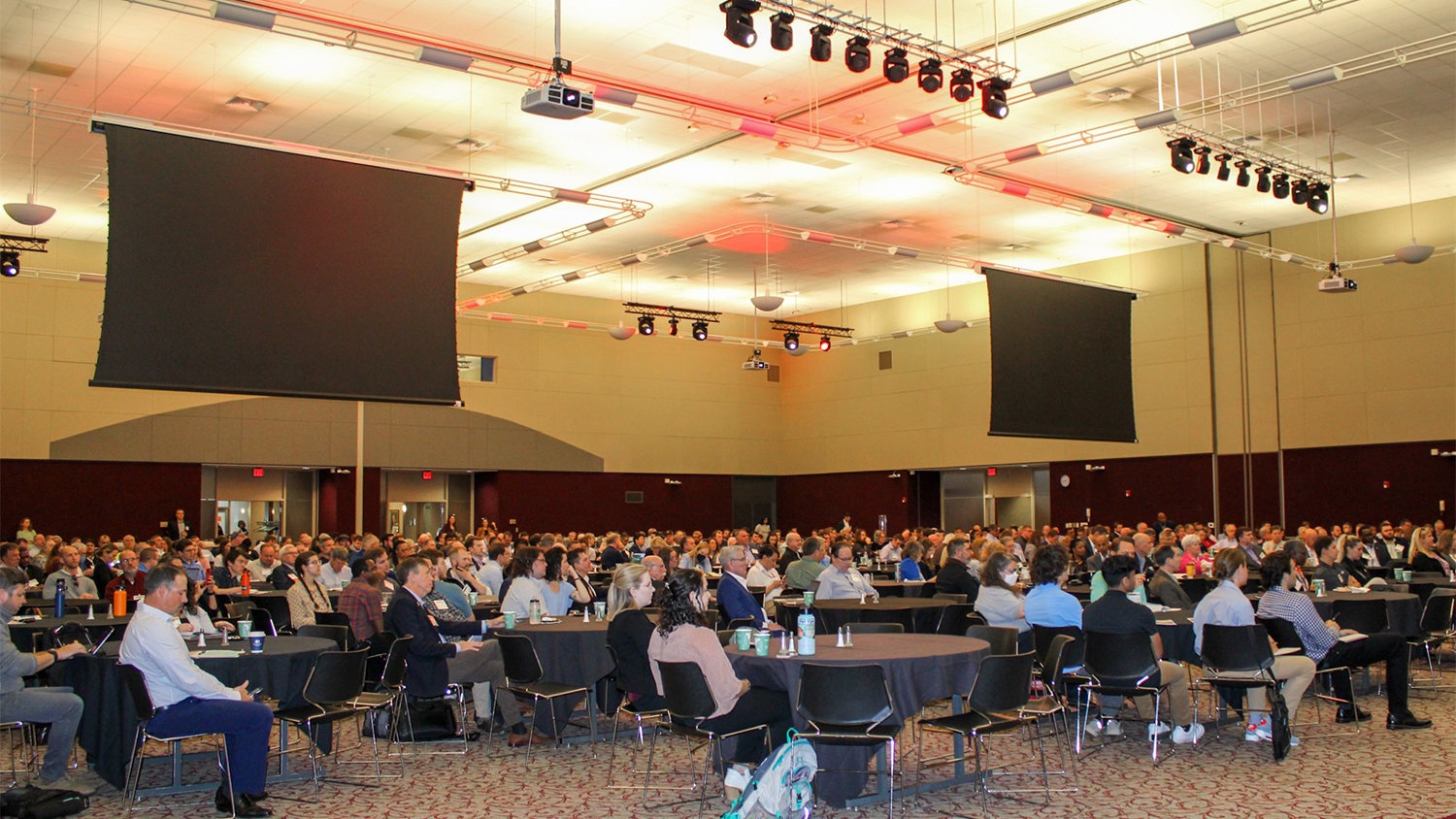Mission to become a Martian
NASA recently celebrated the 10-year anniversary of the Mars Exploration Rover (MER) mission. In January 2004, the Spirit and Opportunity rovers landed on Mars to collect and analyze geological samples for clues to the planet’s past. As exciting as the MER discoveries have been, including evidence of ancient wet environments, there has been a growing public desire for a manned mission to Mars.
Among those eager to travel to Mars is Charles H. Parrish II, a Raleigh native and a senior in biological engineering at North Carolina State University who applied to become a Mars One astronaut last September.
Mars One is a Dutch nonprofit foundation that plans to create a permanent settlement on the planet, selecting and training crews of astronauts for travel to Mars and colonization. The first crew of four—two men and two women—would depart in 2024 and arrive in 2025 to live on Mars permanently. Subsequent four-person crews would be sent to Mars about every two years until there is a settlement of 40 people.
More than 200,000 people from 140 countries applied to become Mars One astronauts, and Parrish is one of 1,058 candidates to make the first cut of a four-round selection process.
Parrish was a bit skeptical about the fledgling program when he first learned of it.
“I’m the co-founder of the Students for Exploration and Development of Space (SEDS) Chapter on campus, and none of us had heard of it, but I did my research on the website and in the news and was impressed with the letters of intent from manufacturers of existing technologies.”
According to the foundation’s website, Mars One plans to meet its project deadlines through a staged approach. Mars One just completed a crowdfunding campaign at indiegogo.com to support the Mars Lander and Satellite mission in 2018, which will involve the launch of a private lander and communications satellite to Mars and will demonstrate technologies critical to the human mission.
Parrish wants to be part of that human mission because it merges his life-long dream of becoming an astronaut with his research interests in sustainability and maximum utilization of resources, both of which are critical to maintaining a settlement on Mars.
“From an engineering perspective, the mission is a huge endeavor—testing the limits of human capacity in an extreme environment. Since the end rounds of the selection process will be televised, as well as the voyage and settlement, it will be possible to show people how to reduce our footprint on Earth.”
Having advanced to the second round, Parrish is giving more thought to the no-return aspect of the mission.
“I love living here. I have wonderful family and friends. I imagine it is the little things I will miss the most, but the realization of my dream, the novelty of the experience and its beneficial effects make it worth it.”
The second round of the selection process entails a physical and an interview in front of Selection Committee members. Parrish has already passed his physical and awaits the interview. He believes that the Selection Committee will probably make its decision at the end of 2014. Two more rounds will follow, and the public will get a vote.
If selected to be a Mars One astronaut, Parrish would begin almost a decade of training in 2015. If he is not selected, Parrish says he would continue to pursue his dream by applying to the NASA Astronaut Corps.
- Categories:


